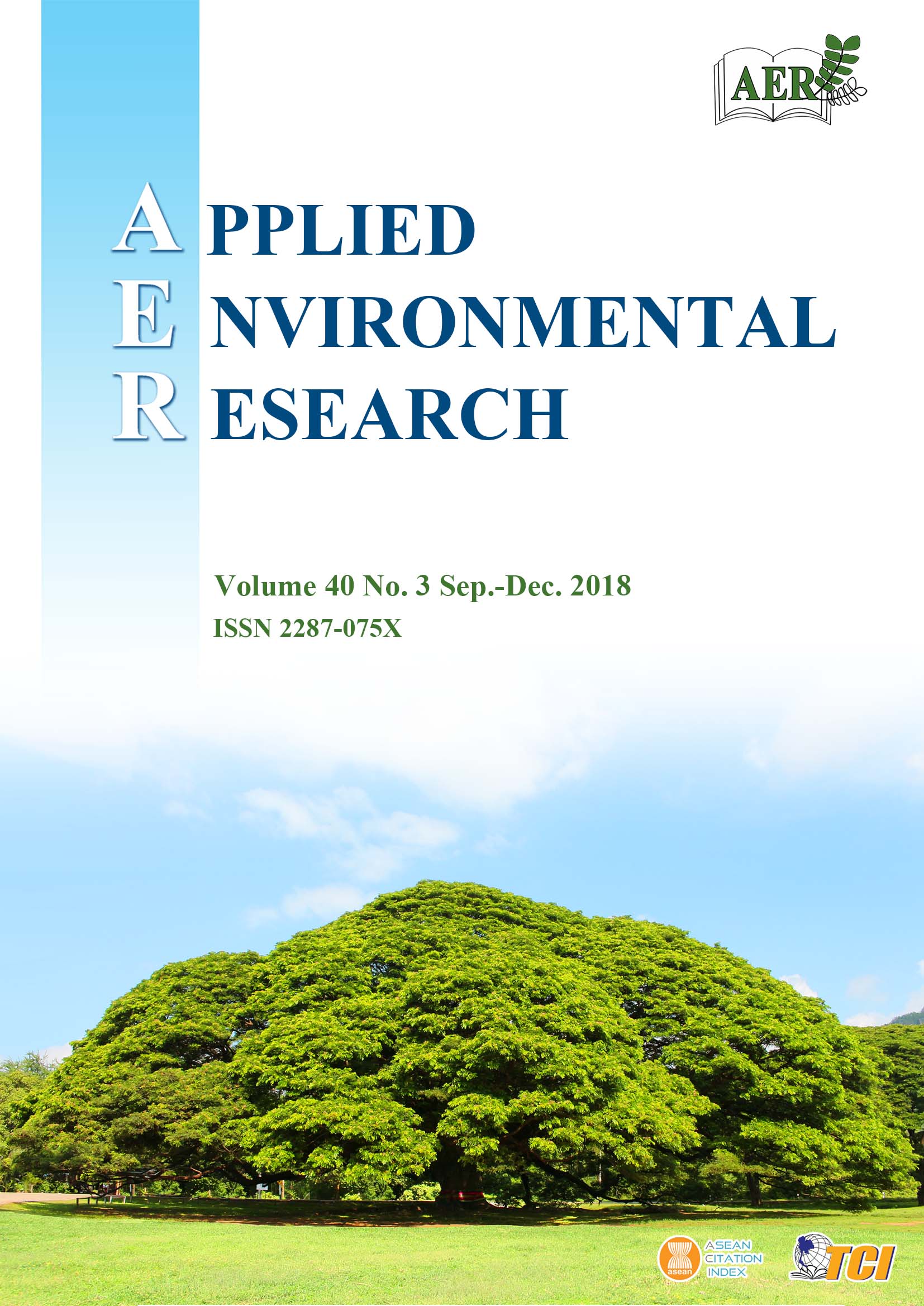PM10 and PM2.5 from Haze Smog and Visibility Effect in Chiang Mai Province Thailand
Main Article Content
Abstract
Air pollution from haze smog in Chiang Mai Thailand has become a serious problem, with fine particulate matter (FPM), PM10 and PM2.5, as the main culprits. These pollutants have serious effects on health and affect visibility in transportation and tourism. In this study, reduction in visibility was monitored using a digital camera, video records and aerial photography. Visibility in Chiang Mai was analyzed using qualitative and quantitative methods. Visibility was directly measured by GPS and Google Earth mapping. Visibility reduction from haze events was also compared by image analysis in Deciview units. Fine particulate matter concentrations and frequency of fires in Chiang Mai were associated with visibility reduction. Forest fires increased Deciview numbers. In the dry season, the frequency of fire incidents was correlated with both PM10 and PM2.5 with R2 = 0.9 (95 % CI, p < 0.05). The reverse correlation (-R2) between visual length (km) and PM10 and PM2.5 were 0.64 and 0.72 at altitude 444 m with 95 % CI, p < 0.05. The reverse correlation (-R2), at altitude 313 m was 0.93 for PM10 and 0.96 for PM2.5 with 95% CI, p < 0.05. The reverse correlation
(-R2), at altitude 324 m was 0.86 for PM10 and 0.93 for PM2.5 with 95 % CI, p < 0.05. The association between visibility and FPM at low altitude was found to be more significant than at high altitude.
Article Details

This work is licensed under a Creative Commons Attribution-NonCommercial 4.0 International License.
Published articles are under the copyright of the Applied Environmental Research effective when the article is accepted for publication thus granting Applied Environmental Research all rights for the work so that both parties may be protected from the consequences of unauthorized use. Partially or totally publication of an article elsewhere is possible only after the consent from the editors.

